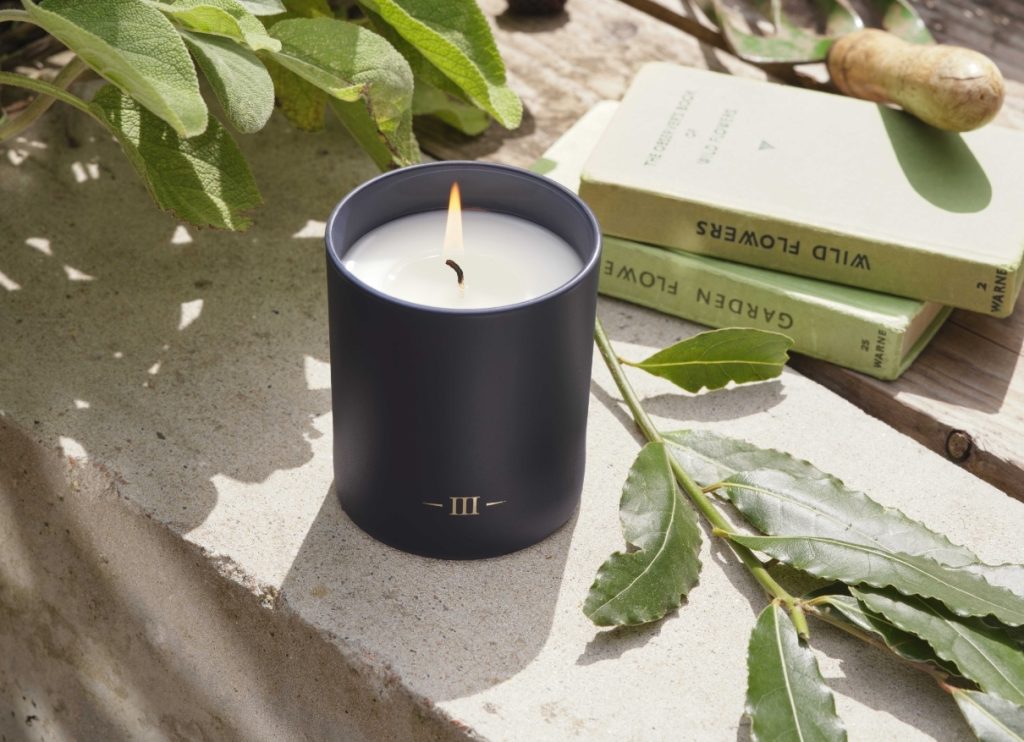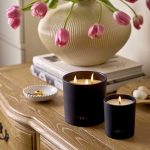One question we’re frequently asked at Charles Farris is the meaning of top, middle, and bottom notes. If you look at most candle fragrances or perfumes, you’ll come across some array of these fragrance ingredients. They’re supposed to give you a way to visualise the scent you’ll be enjoying, but what does it mean? If you’re buying online, it’s especially important to have some idea of what you’ll be getting, after all.
Oftentimes, you’ll see a number of familiar notes in each category. In the top, you’ll almost always see citruses such as orange or lemon, while the middle will favour florals or herbal tones. The base notes are often more earthy or woody.
So why is that?
The best way to think of top, middle and base notes is as a timeline of the fragrance itself. You’ll detect the top notes immediately upon burning a fresh candle. Top notes are your first introduction to a scent, and the most important first impression a scent can make. If a candle smells particularly fresh and light on a first burn, it’s likely a burst of citrus top notes taking centre stage. Because of the rate different kinds of oil evaporate, you’ll more often detect these notes first and foremost. If you think of cutting into an orange, you’ll understand why. If you’ve ever used a luxury reed diffuser, you’ll also notice how a scent will gradually deepen as the weeks pass and the base notes become the dominating feature.
If you want a specific example of this phenomenon, look no further than our Sweet Elixir fragrance. This candle has top notes of orange and peach. On a first viewing, Sweet Elixir may come off as a citrusy experience — but burn it for a little while and you’ll begin to appreciate the floral core of this fragrance. Jasmine, orange blossoms, roses and lilacs will begin to dominate the olfactory spectrum before long.
After a candle has been burning for a little while, you’ll also start to appreciate the deeper base notes that arise from beneath. These are going to be headier, often consisting of heavy scents like musk, leather, or particularly sensual florals. Our Garden of Eden scent is a fantastic example of this. Anyone who’s ever enjoyed this candle knows that tuberose dominates its floral identity.
Some candles and perfumes are going to lean heavier to one side of the spectrum or the other. If an aroma is light and fresh, you’ll see a greater variety of top notes. If an aroma is more sensual, it will lean towards its base notes. You can also see these fragrance identities as aligning with the seasons themselves, with summery scents being light and fresh while winter fragrances will be far heavier.
Next time you burn a candle, think back on this and try to notice how the fragrance evolves with the burn. It will give you a much greater appreciation of the true complexity of home fragrances.





